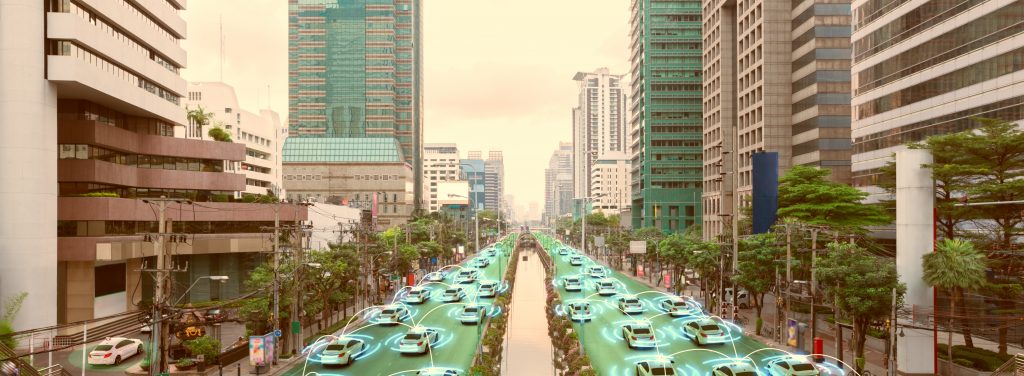The objective of this project is to setup a framework for the definition, development, testing and validation of a context-aware ‘Safety Tolerance Zone’ for driving, within a smart Driver, Vehicle & Environment Assessment and Monitoring System (i-DREAMS). Taking into account, on the one hand, driver background factors and real-time risk indicators, and on the other hand, driving task complexity indicators, a continuous real-time assessment will be made to monitor and determine if a driver is within acceptable boundaries of safe operation. Moreover, safety-oriented interventions will be developed. On the one hand, the i-DREAMS platform will offer a series of in-vehicle interventions, meant to prevent drivers from getting too close to the boundaries of unsafe operation and to bring them back into the Safety Tolerance Zone, while driving. On the other hand, the i-DREAMS platform will allow implementation of post-trip interventions, meant to motivate and enable drivers to develop the appropriate safety-oriented attitude.

More specifically the following goals are pursued in the project:
- The measurement of risk-related physiological indicators (e.g. fatigue, distraction, stress, etc.), driver related background factors (age, driving experience, safety attitudes and perceptions, etc.), and driving environment and traffic complexity indicators (e.g. time of day, speed, traffic intensity, presence of vulnerable road users, adverse weather, etc.) to assess driver capacity and task demand in real-time;
- The conceptual definition and operational implementation of a safety tolerance zone based on the above identified factors and indicators (i.e. context-aware);
- The definition and operational implementation of safety and driver comfort related interventions to keep the driver in the safety tolerance zone; Interventions will be both immediate (i.e. real-time in-vehicle), and ‘delayed’ i.e. aimed at enhancing the knowledge, attitudes, perceptions and behavioural reaction of drivers with respect to safety-related technologies, situations and behaviours.
- Initial i-DREAMS concept testing in a driving simulator environment, followed by the setup and operational rollout of a test bed (in total 600 vehicle operators in 5 countries) including private (cars), commercial vehicles (bus and truck), and trains to validate and evaluate the technological robustness, user experience and user acceptance of selected use cases of i-DREAMS;
- The creation of market roadmaps with industrial market players for the created concepts and technologies to support smooth transition to the market;
- Dissemination of project activities and outcomes to different EU countries and beyond.